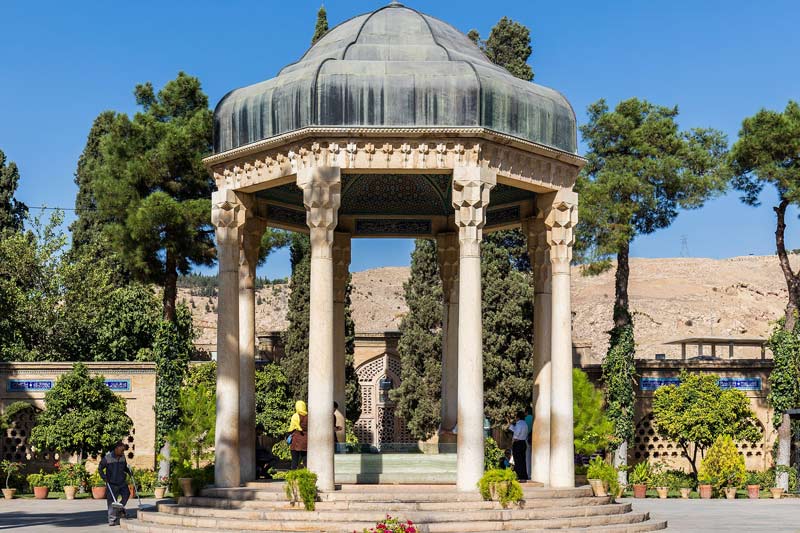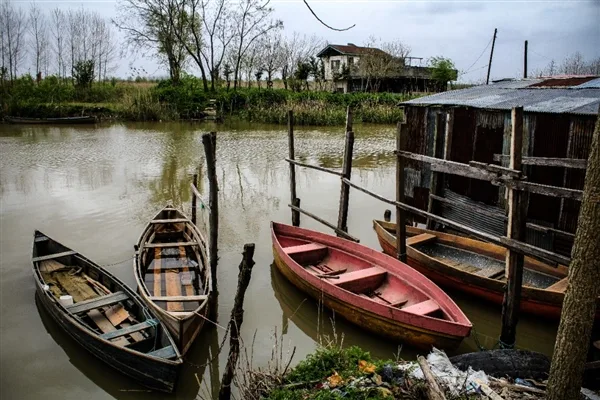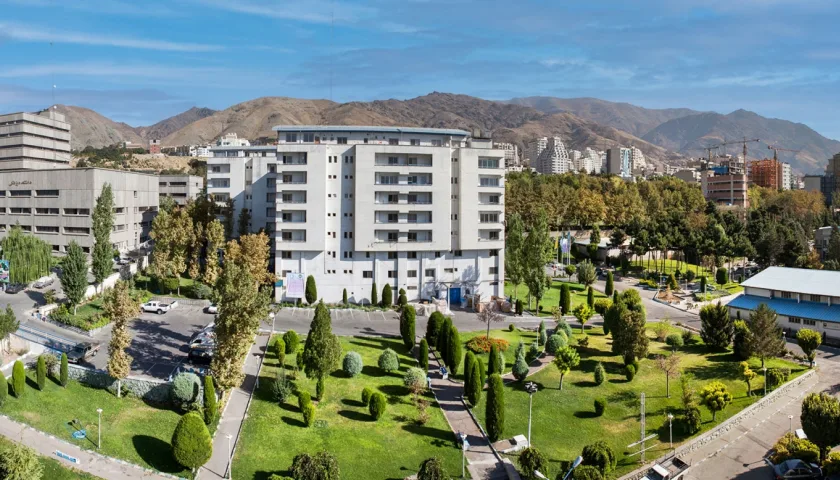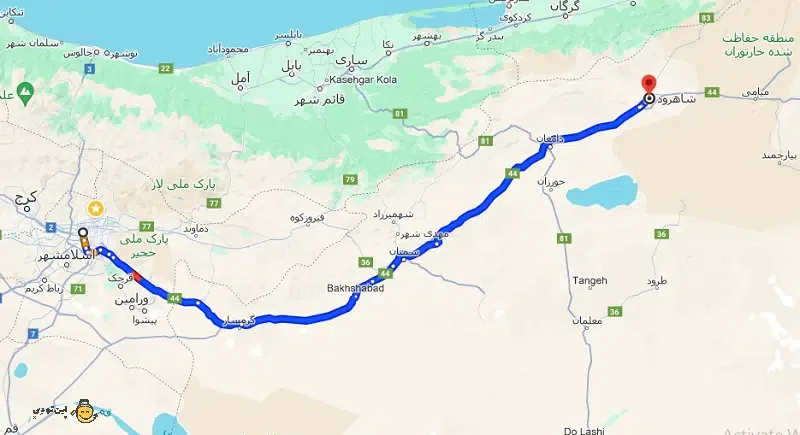Azerbaijan language of iran : The seven-thousand-year history of the Turkish language in Azerbaijan
History of the Turkish Language in Azerbaijan
Introduction:
One of the most valuable assets of any city or country is its native language. Language is essentially a set of conventional symbols used to convey messages along a dimension. Languages are classified into linguistic families, and each country has its own distinct language, with regional dialects reflecting ethnic diversity. In this article from the tourism magazine “Gulf City Pedia ,” we will explore the ancient language of our country with a history of seven thousand years: Azerbaijani Turkish.
Turkish Language in Azerbaijan:
Before delving into the article on the Turkish language in Azerbaijan, it is essential to clarify that, by “Azerbaijan,” we are referring to the provinces of Ardabil, East Azerbaijan, West Azerbaijan, and Zanjan. The term “Azerbaijani language” or simply “Azerbaijani” used in, for example, the Republic of Azerbaijan, specifically denotes “Azerbaijani Turkish.” However, it’s inaccurate to assume there is only one Azerbaijani language, as multiple languages exist in Azerbaijan, all of which are indigenous to the region.
To discuss the Turkish language in Azerbaijan, we need to first explore the history of the peoples and governments in the region. The ethnic groups that inhabited this land in the past included the Sumerians, Elamites, Hurrians, Aratta, Cassites, Gutians, Lullubi, Urartians, Ishguzas (Iskites), Mannaeans, Gilzans, Caspians, and more, all of which had languages belonging to the Turkic language family. Among them, the Sumerians, Elamites, and Hurrians were the civilizations that laid the foundations for the first cultures and civilizations on Earth.
According to historical records, this language held a significant position in the civilization of this region for approximately 7,000 years. Recent discoveries by archaeologists in the Hasanlu mounds revealed valuable artifacts dating back 6,000 years, with the 14th period spanning from 1300 BCE to 800 BCE. This period corresponds to the early civilizations of the Hurrians and the later Mannaeans.

Did the language of the people in Azerbaijan used to be non-Turkic?
Some may question whether the language of the people in Azerbaijan has remained unchanged. The answer is straightforward: no language in the world has remained static over the years. Claims that the Azerbaijani language has remained unchanged from the beginning are driven by political and ethnic biases and lack seriousness. Before Islam, especially before the Seljuks, the language of the majority of people in Azerbaijan was the local and oral Iranian Northwestern dialects. However, the Azerbaijani language had evolved even 2,000 years before that and had become Iranianized. In the world, almost no language has remained constant over the millennia.
Many Western historians and linguists, as well as Turkish scholars, believe that before the arrival of Turkic tribes speaking Turkish in the 11th century to Anatolia (Byzantium or Eastern Rome), the language in Anatolia was Greek, Assyrian, Armenian, and Iranian. From the 11th century onwards, due to “invasions,” migrations, settlements, and especially the rule of Turkic-speaking tribes, a transformation occurred in both language and religion among the majority of the people in Anatolia. Over time, their religion shifted to Islam, and their language became Turkish, although remnants of previous languages and religions still exist in the region.
In conclusion, while it is possible to discuss the history and duration of the language changes in Azerbaijan and Anatolia, the assertion that the Azerbaijani language was not originally Turkish and transformed into Turkish at a specific point lacks credible evidence and is generally an invalid theory.
Similarly to Anatolia, the language of the majority of people in Azerbaijan underwent a transformation, transitioning from local Persian dialects, specifically Azeri, Tati, and Talysh, representing the Middle Persian language or Western Pahlavi, to Turkic after the arrival of Turkic tribes in the region. Scholars, both Western and Turkish, generally agree that elements of Turkic, such as the Khazar tribes from present-day Russia, had penetrated the northern regions of the Aras River before the 11th century. However, the significant change in the language of the majority of Azerbaijanis occurred after the 11th century, coinciding with the migration and rule of the Seljuks. This transformation aligns with the linguistic and religious changes in Anatolia and, notably, corresponds to the influence of Turkic-Turkmen tribes during the Safavid dynasty in Iran and the Ottoman Empire in present-day Turkey.
Has the language of the people in Azerbaijan changed?
The language of the people in Azerbaijan has undergone two significant changes throughout history. The first occurred approximately 3,000 to 3,500 years ago when Iranian-speaking Medes migrated from the north to the current Iranian plateau, transforming the indigenous languages, including Azerbaijani, into a Median and Iranian context. At that time, Azerbaijan was not Iranian-speaking. The indigenous tribes of Azerbaijan had various languages, such as Lullubi and Guti, all of which disappeared. There is no trace of these languages, and it is unclear what vocabulary and syntactic structure they had. The second change in the language of the people in Azerbaijan occurred when the Sasanian dynasty fell to the Arabs, leading to Turkic-speaking tribes invading Iran. Over several centuries of attacks, migrations, settlements, and the rule of Turkic tribes, the language in Iran and, conversely, in present-day Turkey gradually shifted from Pahlavi to Turkish.
Azerbaijan and Turkey: How did they become Turkic-speaking?
Based on historical evidence, until the end of the Sasanian rule approximately 1,400 years ago, Azerbaijanis, like other border regions of the empire, were part of the Iranian realm. Azerbaijan, Iran, the Azerbaijan Republic, and Byzantium, which is modern-day Turkey, were not Turkic-speaking. After the Seljuks and continuous migrations of Turkic tribes from Central Asia and Khorasan to Iran and present-day Turkey, both Azerbaijan and eastern parts of the Caucasus, now the Republic of Azerbaijan, became Turkic-speaking. Naturally, especially in border regions with other nations and ethnicities, various languages persisted, such as Assyrian and Armenian in the west, Arabic in the south, and Turkish in Khwarazm, as well as Sogdian.
It is essential to note that these languages were not representative of the majority of the Iranian people, particularly in the significant regions surrounding Azerbaijan.
Did the Mongols Introduce the Turkish Language to Iran?
There are claims suggesting that the Mongols introduced the Turkish language to Iran, but this assertion is entirely unfounded. The Ilkhanate rulers were of Mongol descent, and they were not Turkish. While the Mongolian language was spoken in Central Asia, bordering Turkish-speaking regions, these two languages are fundamentally different. The migration of Turkish-speaking tribes to Iran and the Near East began around the year 1000 AD, whereas the Mongol invasions occurred approximately 200 years later, starting in 1206 (lasting until 1324). In other words, when the Mongols arrived in Iran, Anatolia, and Mesopotamia, the Turkish language had already taken root in the region for 200-300 years. The migration and settlement of Turks spanned over 500 years, and when the Mongols invaded, their numbers were significantly fewer than the Turks. Despite this, the Mongols did not impose their language on the Azerbaijani Turks, and the Mongolian language did not influence the Turkish-speaking population.

The Turkish Language in Azerbaijan:
Closing Remarks:
In conclusion, it is essential to emphasize that when we discuss Iranian languages, we are not solely referring to the Persian language spoken predominantly in Iran today. Rather, this term encompasses all Iranian varieties, including regional and local dialects. Persian, evolving from the time of the Achaemenids and gradually becoming prevalent, fused with other local dialects such as Median and later Parthian, transforming into a standardized and shared Iranian language used for communication and writing. The term “Iranian languages” includes various regional and local dialects, such as Middle Persian during the Sasanian era, also known as Pahlavi, as well as Sogdian in the east and western and northwestern dialects, which later developed into languages like Gilaki, Azerbaijani, Tati, Kurdish, Luri, and Balochi.
Therefore, attributing the introduction of the Turkish language to Iran solely to the Mongols is a baseless claim, as the roots of the Turkish language in the region had already been firmly established through centuries of migration and settlement before the Mongol invasions.








